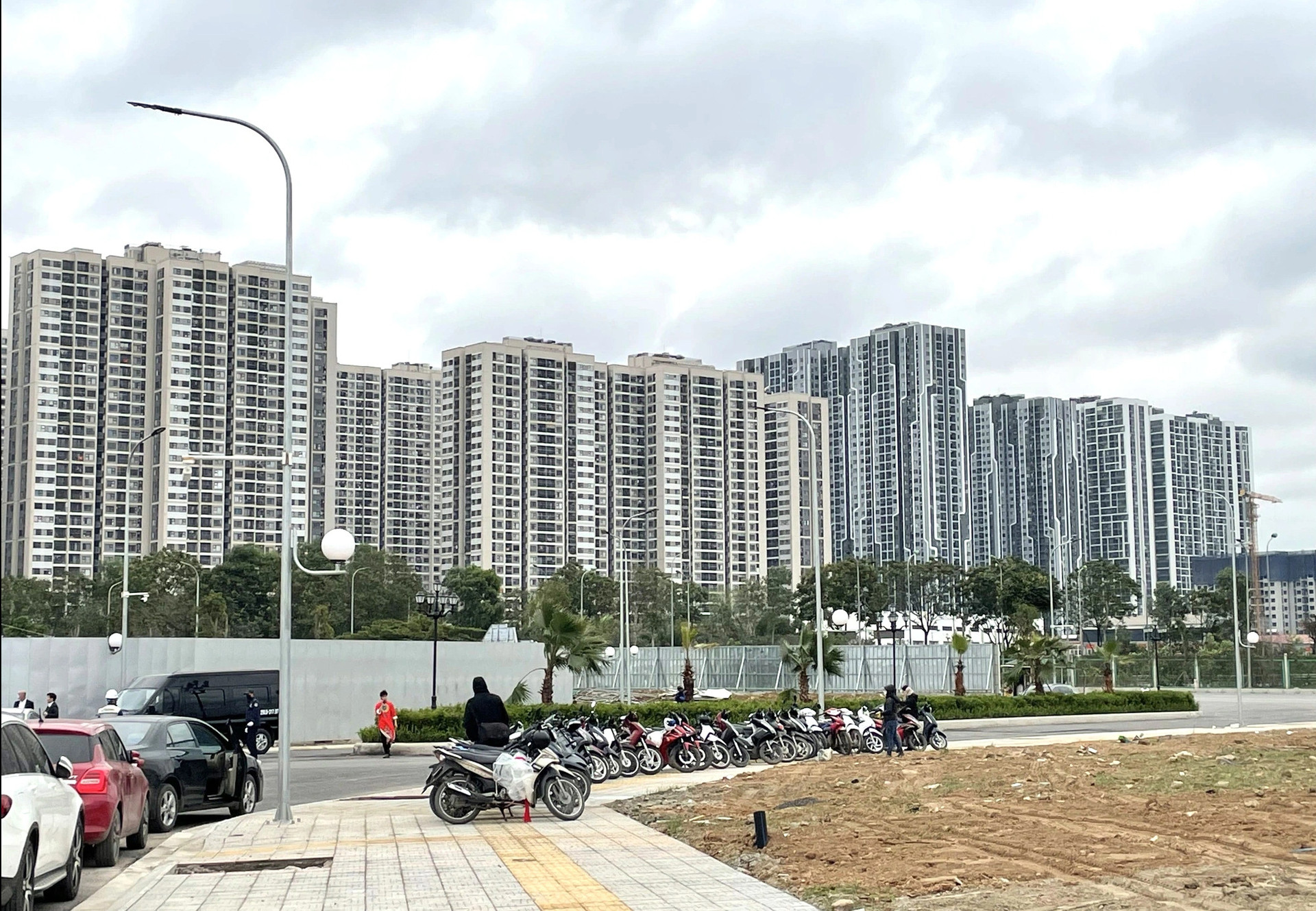100% of houses and land in urban areas will be identified with addresses and house numbers, and about 80% of houses in rural areas will be identified with addresses by village, hamlet, and residential area to integrate with the national population database.

The above proposal was made by the Ministry of Construction in the draft guidelines for collecting and providing address information, data identifying the location of houses and construction works in urban areas and rural residential areas integrated with the national database on population, which is soliciting opinions from ministries, branches and localities.
Housing information and data indicators that need to be collected include: housing type, construction area, floor area, number of floors, address, and house number granted.
In addition, the Ministry of Construction also proposed collecting land data information such as: land plots, maps, land area, and land use right certificate numbers.
The collected housing and land data is integrated with the full name of the homeowner, landowner, ID card number, citizen identification number, date of birth of the homeowner, landowner, and type of residence (owner, rented house, or temporary residence).
The implementation of housing and land data collection is expected to be completed by the end of June 2024.
Accordingly, the working groups of Project 06 (Project on Developing the application of data on population, identification and electronic authentication to serve national digital transformation in the period 2022 - 2025, with a vision to 2030) at the provincial and district levels are assigned to organize and guide the working groups at the commune level to collect data on housing and land nationwide.
The working groups of the 06 commune-level projects will directly collect and provide information on identifying house numbers in the management area according to the principle of absolutely not providing address information and land use right certificate information that have been reviewed in this process to third parties for exploitation.
Housing and land data are collected through data collection points directly at each household using survey forms, direct interviews or other methods.
After collection, the data will be transferred to members responsible for checking, comparing, and reviewing to eliminate duplicate data or correct and calibrate erroneous data sources.
Data after being edited, updated, cleaned and standardized according to the form will be validated to ensure accuracy.
Next, the verified housing and land data is sent to the Ministry of Construction for synthesis and reporting to update the population data system to serve the management of the real estate market.
The Ministry of Construction also assigned the Department of Housing and Real Estate Market Management and the Ministry's Information Center to be the focal point, responsible for disseminating, guiding and urging localities to collect information on housing and land identification.
NT (synthesis)